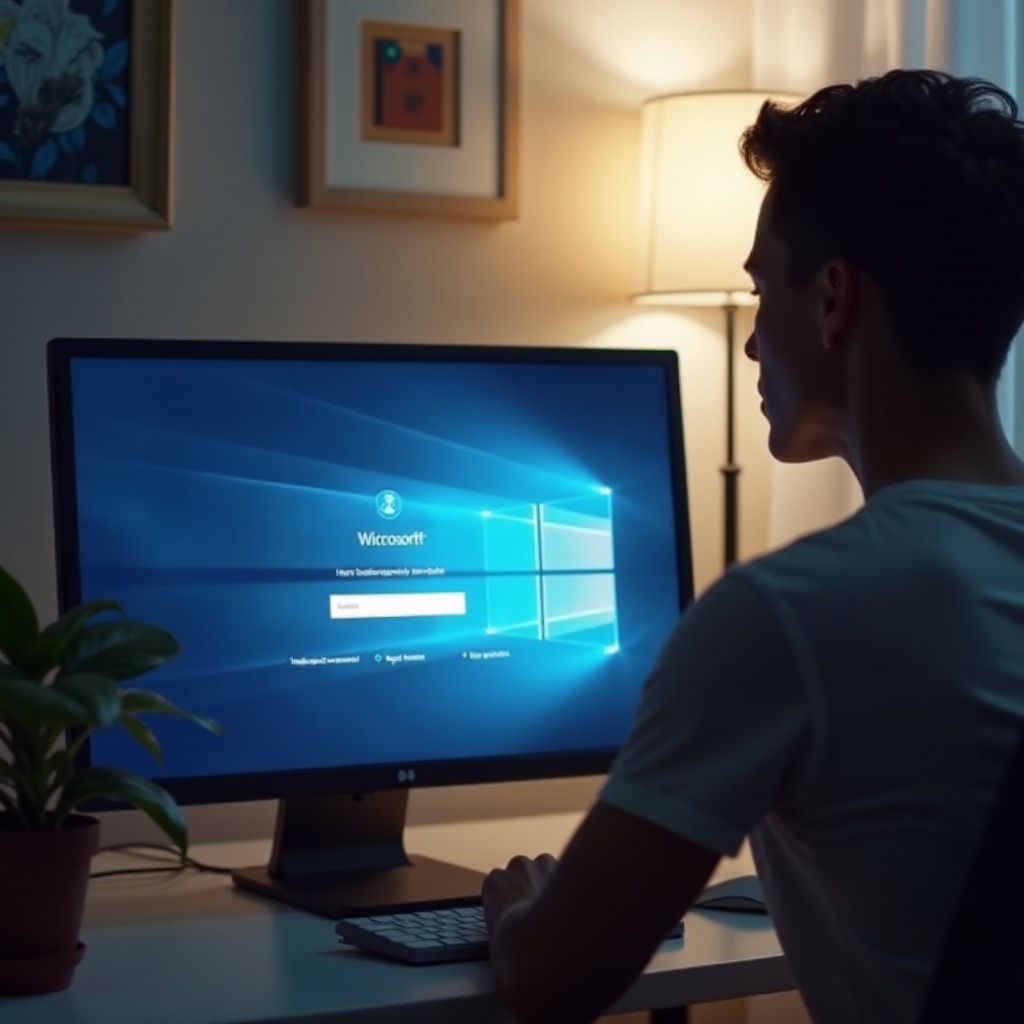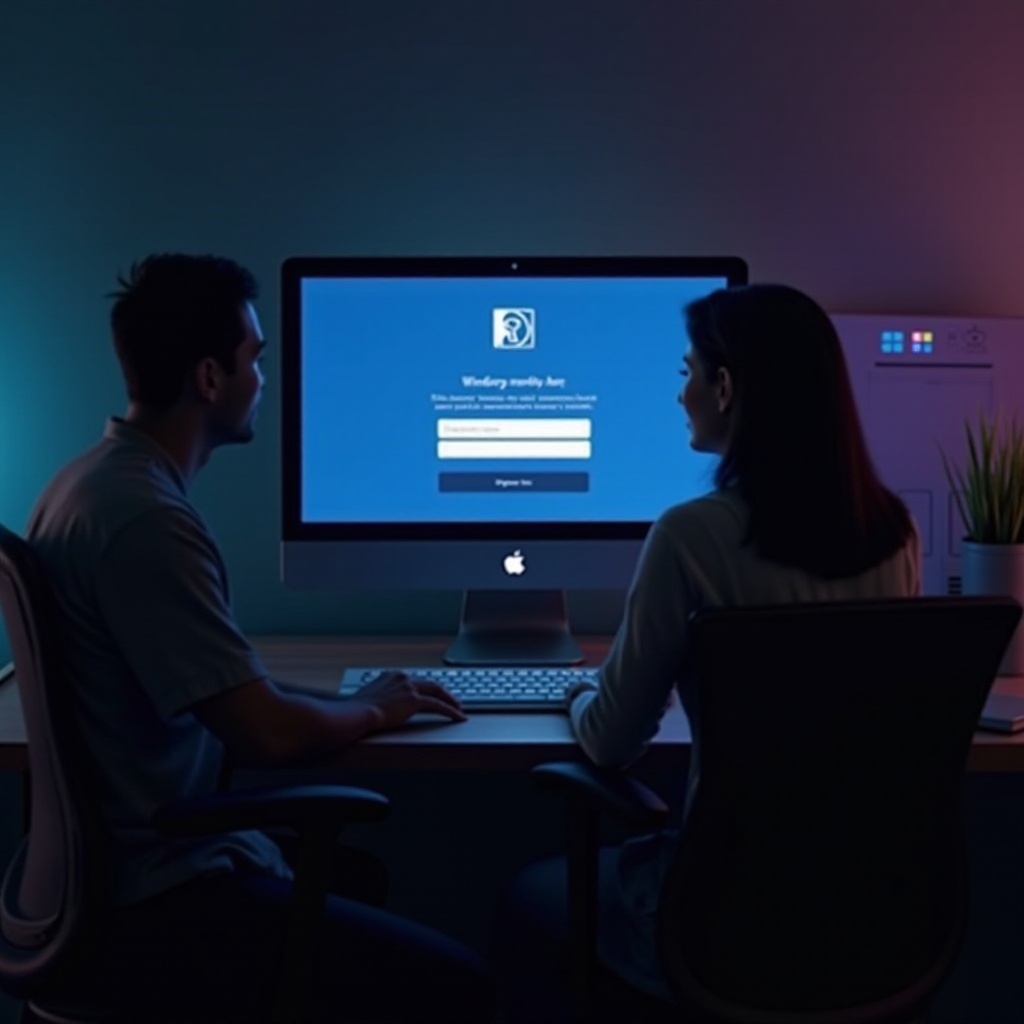Introduction
Windows 11 introduces a transformative change by enforcing the use of a Microsoft account, steering away from the possibility of opting for a local account. This shift marks a significant departure from previous versions of Windows, introducing both challenges and opportunities for users. In this article, we delve into the motivations behind this requirement, the benefits and drawbacks, and offer practical advice for navigating the new setup process.

Understanding Windows 11’s New Account Policy
Microsoft’s strategy to compel users to adopt a Microsoft account is a deliberate step towards enhancing user interaction and security. Windows 11 heavily relies on online accounts, leading to greater integration within Microsoft’s ecosystem. This has implications for how users manage and synchronize their digital experiences across different devices. However, the broader shift also carries implications for user autonomy, dictating a new landscape in personal computing.

Reasons Behind Microsoft’s Requirement
The enforcement of Microsoft accounts in Windows 11 is driven by several key reasons:
-
Security Enhancement: Utilizing a Microsoft account allows users access to advanced security measures like two-factor authentication, offering robust safeguards against cyber threats.
-
Unified Experience: With a Microsoft account, users enjoy seamless data synchronization and integration of services. This facilitates consistent user experiences across devices, ensuring that settings, files, and applications are readily available.
-
Service Integration: This shift supports Microsoft’s objective to offer personalized services tailored to user preferences, enhancing overall user satisfaction.
This requirement reveals Microsoft’s broader vision of fostering a consolidated and secure digital ecosystem.
Benefits of Using a Microsoft Account on Windows 11
Adopting a Microsoft account in Windows 11 presents several notable benefits:
-
Seamless Integration: Users can access Microsoft Store, Xbox services, and various first-party applications without the need for repeated logins.
-
Cross-Device Syncing: Settings, files, and preferences automatically synchronize across devices, enabling uninterrupted transitions and consistency.
-
Enhanced Security: The centralized management of accounts allows for robust security measures, safeguarding user data and account integrity.
Overall, the adoption of Microsoft accounts is geared towards enhancing user convenience and security.
Concerns and Challenges of Mandatory Microsoft Accounts
Despite the potential advantages, the mandate also raises several concerns:
-
Privacy Issues: Some users are wary about data privacy, preferring offline account setups to maintain control over personal information.
-
Accessibility and Dependence: The requirement for internet access may be a hurdle for users with limited connectivity. Moreover, relying on a single account for multiple services raises concerns about effective account management and accessibility.
These challenges underscore the need for users to weigh the advantages against privacy concerns and accessibility hurdles.
How to Navigate Windows 11 Setup
Setting up Windows 11 with a Microsoft account can be simplified by following these steps:
- Initial Setup Tips and Tricks:
- Ensure that your device is connected to the internet to facilitate a smooth setup process.
-
Keep your Microsoft account credentials handy to facilitate quick login and setup.
-
Switching from a Local Account:
- Navigate to ‘Settings > Accounts > Your info’, and choose to ‘Sign in with a Microsoft account instead.
-
Follow the subsequent steps to enter your credentials and complete the transition.
-
Troubleshooting Common Issues:
- If faced with a ‘Can’t sign in’ error, verify your credentials and check your internet connection.
- Use the ‘Forgot password?’ option for account recovery, ensuring uninterrupted account access.
Understanding these steps empowers users to navigate the mandatory Microsoft account setup more confidently.

Real-World Impacts and User Feedback
The enforcement of Microsoft accounts in Windows 11 has generated diverse reactions. Many users appreciate the added features and heightened security benefits. However, others express concerns about privacy and reliance on Microsoft’s ecosystem. For businesses, the added security and integration can enhance productivity but may require additional investments in user education. In the domestic context, some individual users are cautious about data management and security.
Such feedback reflects the variety of priorities and expectations users have, informing how effectively they adapt to these changes.
Conclusion
In conclusion, Windows 11’s policy requiring a Microsoft account marks a pivotal change in the relationship between users and their devices. While enhanced security and seamless service integration present compelling benefits, privacy and access challenges persist. Users are encouraged to assess how these changes align with their needs and to take proactive measures in configuring their accounts to safeguard their data without compromising on the benefits offered by this requirement.
Frequently Asked Questions
Can I use Windows 11 without a Microsoft account?
Yes, it’s possible to use a local account, but with limited access to certain features exclusive to Microsoft account users.
What are the privacy concerns with a Microsoft account on Windows 11?
Primary concerns involve data control and privacy, as a Microsoft account requires sharing information with Microsoft’s cloud services.
How does a Microsoft account enhance Windows 11 experience?
It offers seamless device synchronization, access to cloud services, improved security, and personalized settings.